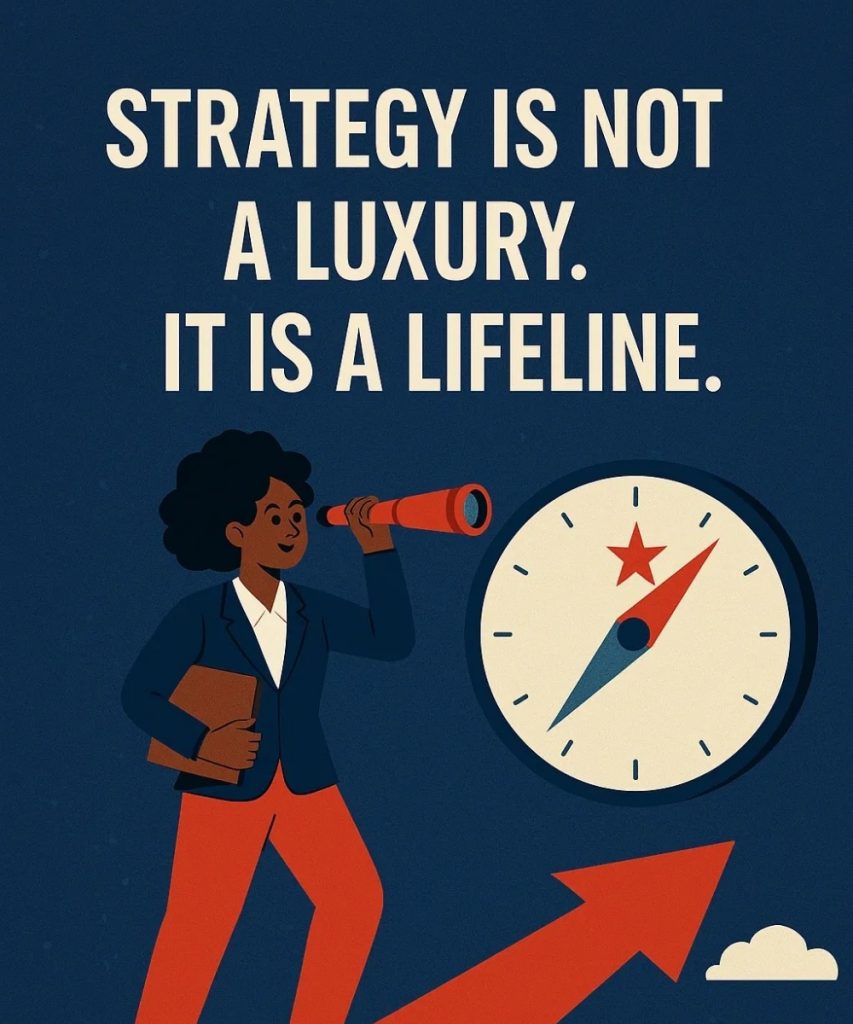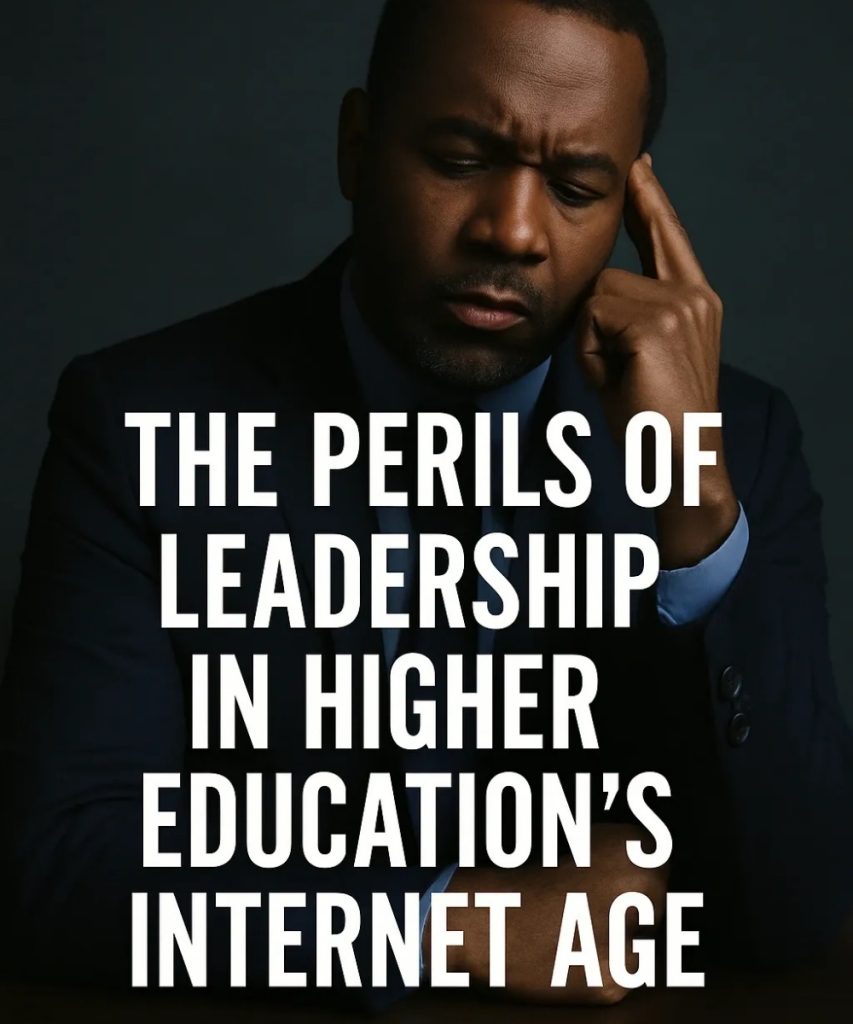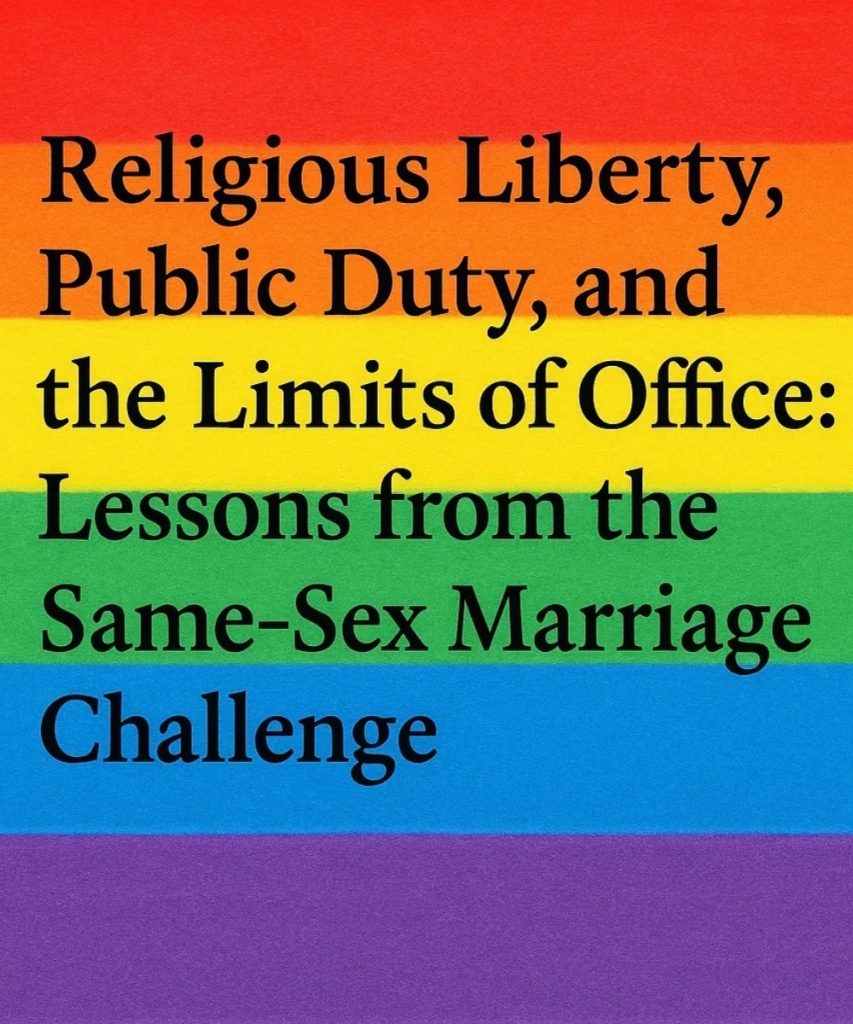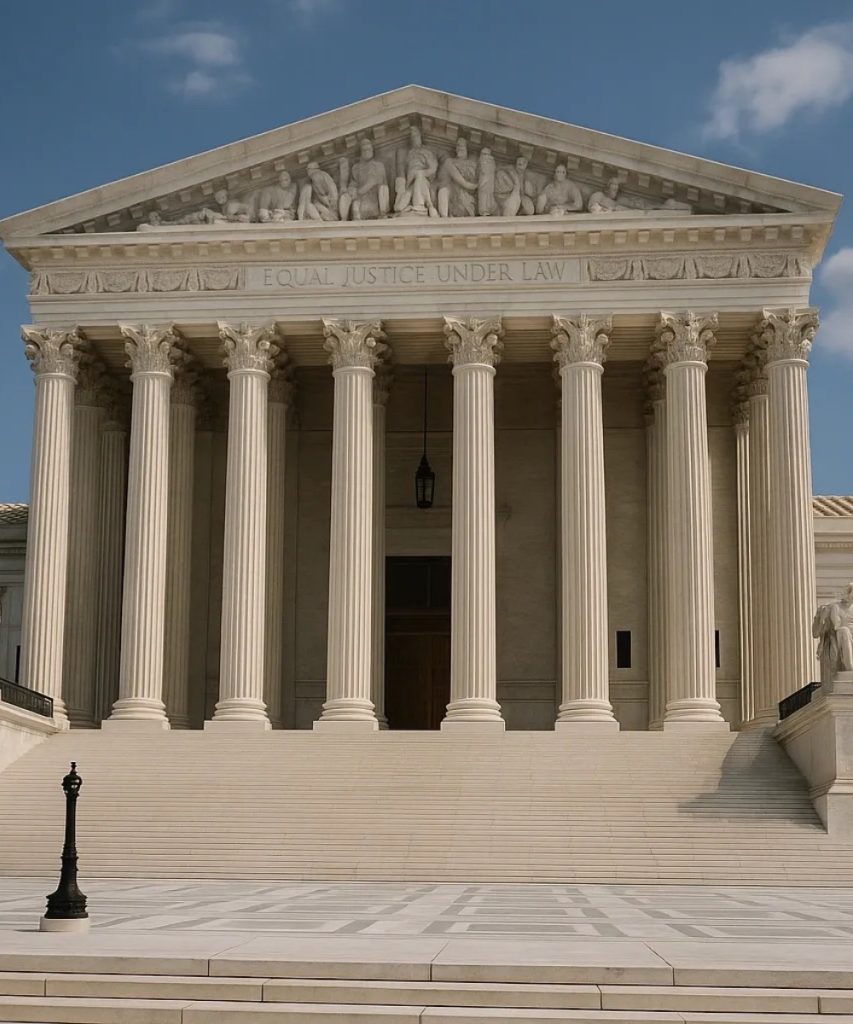In today’s shifting landscape, the higher education and nonprofit sectors are under siege. From the freezing and withdrawal of federal funds to the tightening grip of corporate and private philanthropy, our institutions are being asked to do more with far less. While these challenges may feel existential, they offer us something invaluable: the opportunity to pause, reflect, and most importantly, recommit to strategy.
Peter Drucker reminded us, “The best way to predict the future is to create it.” Yet so many of us are sprinting through the present, reacting to headlines, budget shortfalls, or political uncertainty. In that sprint, we often lose our compass. That compass is our strategic plan.
If your organization or institution has a strategic plan, now is the time to revisit it. Read it with fresh eyes. Ask the hard questions:
- Is this plan still relevant
- Does it reflect today’s political, economic, and technological realities
- Are we still aiming toward our true north
If your answer to any of these is no or uncertain, then it is time to adjust. Strategic plans are not meant to be static documents sitting on a shelf. They are living roadmaps. They are tools that should grow and evolve as your institution and the world around it changes.
Dr. Dennis Murray, former President of Marist College, once said, “Strategy is about choices—about making clear decisions on where to invest, what to prioritize, and how to achieve long-term goals.” That kind of clarity does not come from reaction. It emerges from reflection and discipline.
Stephan C. Ainlay, former President of Union College, encouraged institutions to engage in what he called “intentional evolution.” Evolution does not mean chaos. It means guided adaptation—grounded in mission, informed by data, and propelled by vision.
And speaking of vision, Dr. Lessie Branch said it plainly and powerfully: “We run the risk of being Blockbustered.” If we cling to outdated models, ignore the changing needs of our communities, and fail to adapt, we are not leading. We are waiting for obsolescence.
Here Is What You Can Do Right Now
- Review your current strategic plan. What assumptions were made that no longer hold true
- Reassess your position in the market. Has your role in the community changed
- Listen internally. What are your team members seeing, hearing, and experiencing
- Scan the external environment. Look at policy changes, funding trends, and technological shifts
- Reaffirm or revise your mission and vision. Your north star must remain visible even in stormy weather
Yes, these times are hard. You are juggling budgets, staff well-being, compliance, programming, and public trust. But an organization that only reacts, an organization that never pauses to plan and reposition, will not be here in twelve months. The future requires careful stewardship, bold thinking, and strategic action.
The nonprofit and higher education sectors have always been anchored in purpose. But now, purpose must be paired with precision. Strategy is not something you do once. It is how you do everything.
Let us not be Blockbustered. Let us lead with foresight, clarity, and courage. Strategy is thinking about the future.




